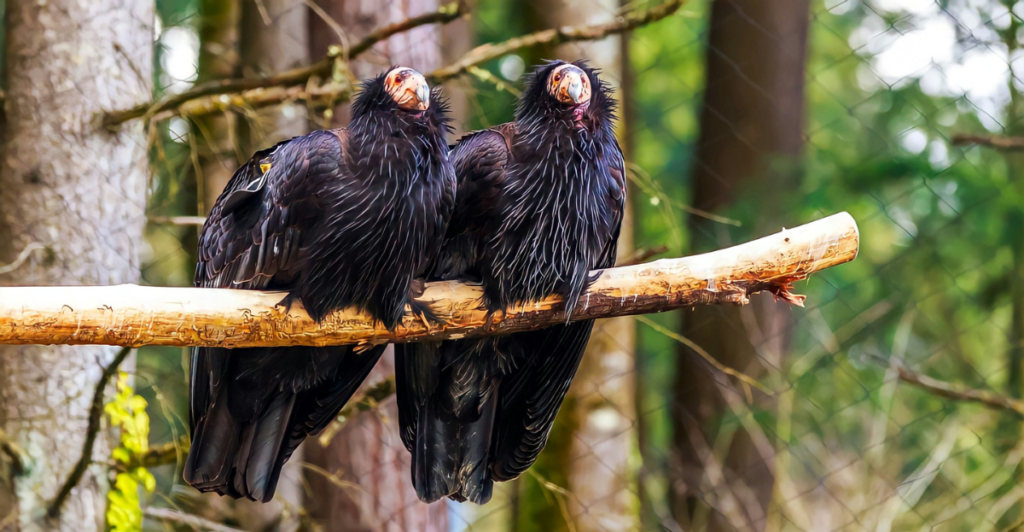
Birdwatching in America isn’t just a hobby; it’s a thrilling quest for the rarest of the rare. Among the countless species fluttering across the skies, a select few stand out for their scarcity and allure. These elusive birds captivate enthusiasts and conservationists alike, symbolizing both nature’s wonders and the urgent need for preservation.
From the towering California Condor to the delicate Snowy Plover, each species tells a unique story of survival and adaptation. Their habitats span the vast American landscapes, from remote islands to bustling airports, each location offering a glimpse into their secretive lives.
Embark on this journey to discover nine of America’s rarest birds, learn about their habitats, and find out where you might catch a glimpse of these avian treasures.
1. California Condor
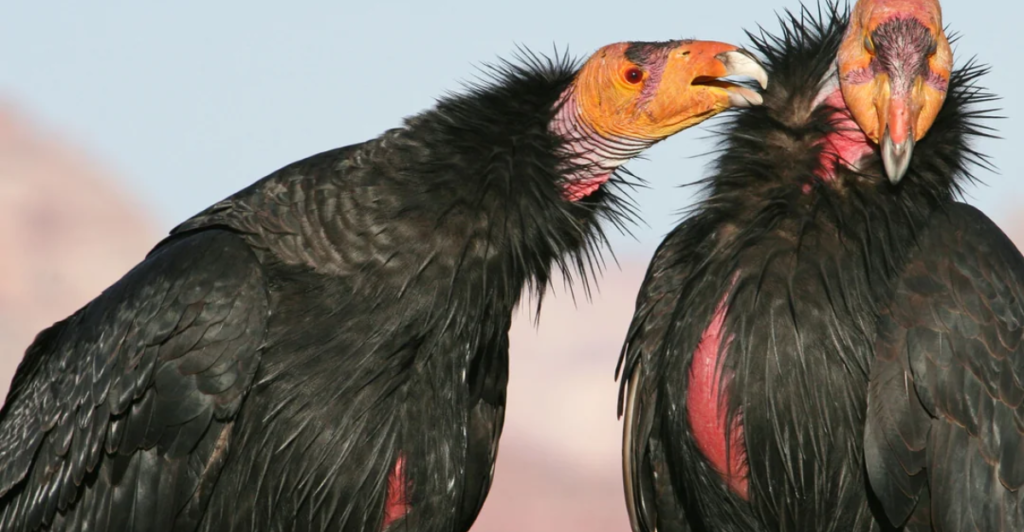
Once teetering on the brink of extinction with only 27 individuals in 1987, the California Condor has made a remarkable recovery. Through dedicated conservation efforts, including captive breeding and reintroduction programs, their numbers have risen to over 500 by 2023.
These majestic birds, boasting wingspans up to 10 feet, can be spotted soaring over the Grand Canyon, Zion National Park, and California’s Big Sur coastline. Their presence in these areas signifies not just survival but a triumphant return to their natural habitats.
Witnessing a California Condor in flight is a testament to successful conservation and a reminder of nature’s resilience when given a chance.
2. Whooping Crane
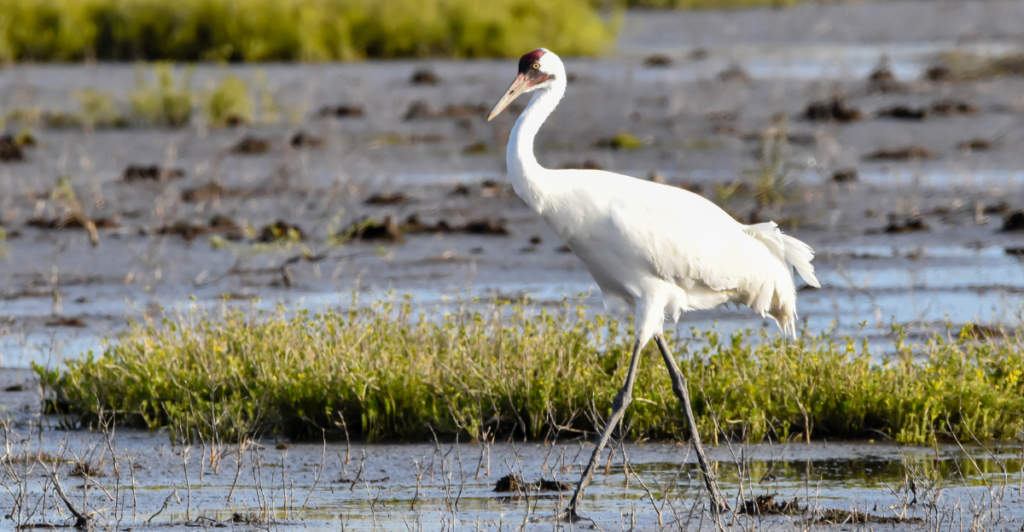
Standing at five feet tall, the Whooping Crane is North America’s tallest bird and one of its rarest. From a perilous low of just 20 individuals in the 1940s, their population has slowly increased thanks to intensive conservation efforts.
These cranes undertake long migrations between Canada and the southern United States. Notably, the Wheeler National Wildlife Refuge in Alabama becomes a winter haven for them, attracting birdwatchers eager for a glimpse.
Their graceful presence amidst the wetlands underscores the importance of habitat protection and the positive impact of dedicated conservation programs.
3. Bicknell’s Thrush
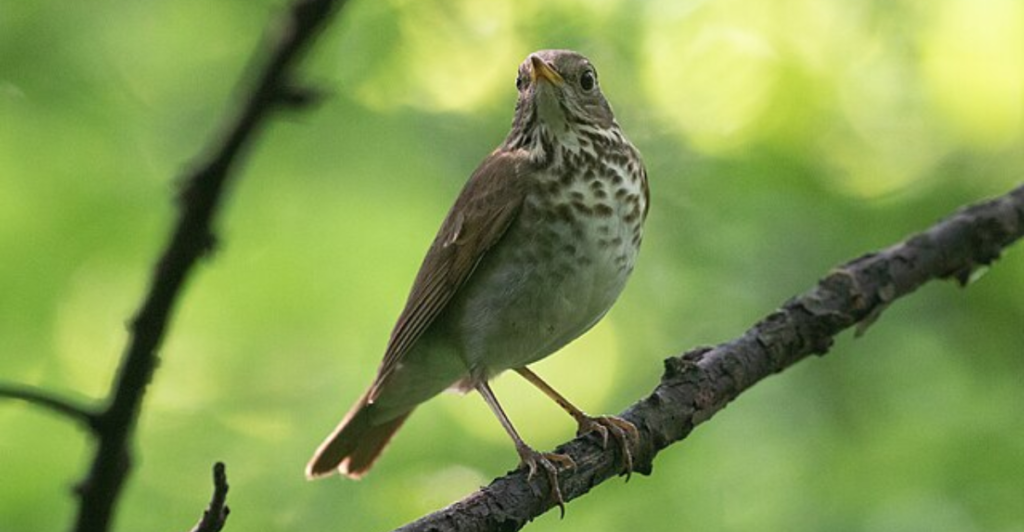
Bicknell’s Thrush is a reclusive songbird breeding in the high-altitude spruce-fir forests of the northeastern United States and southeastern Canada. Its preference for remote, mountainous habitats makes sightings a rare treat for bird enthusiasts.
Mountains like the Catskills, Adirondacks, and White Mountains are prime locations during the breeding season. However, climate change and habitat loss pose significant threats to their limited range.
Conservation efforts focus on preserving these high-elevation forests to ensure the thrush’s haunting melodies continue to echo through the mountains.
4. McKay’s Bunting
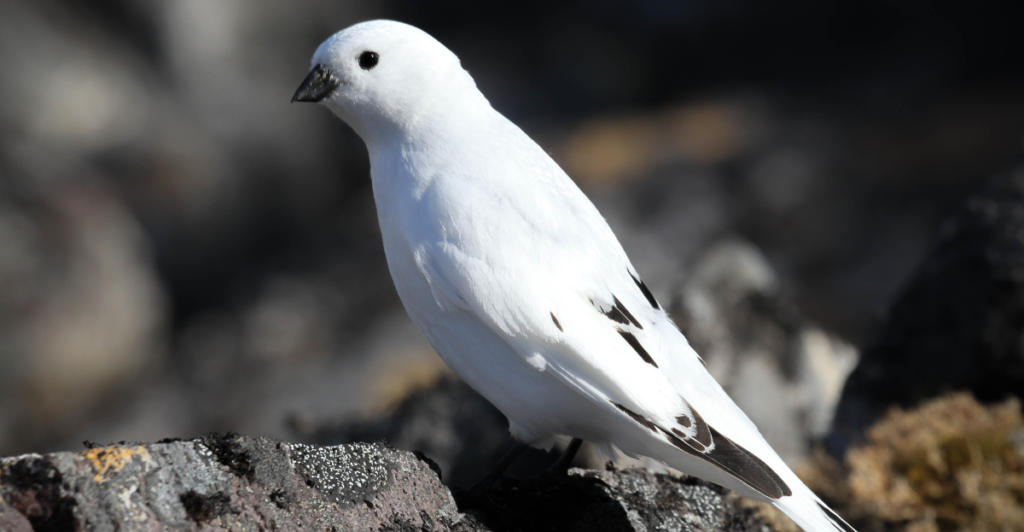
McKay’s Bunting holds the title for one of North America’s most range-restricted birds, breeding exclusively on Alaska’s remote St. Matthew and Hall Islands. These uninhabited islands provide the isolated tundra environment the buntings require.
Due to their limited habitat and the islands’ inaccessibility, observing these birds in the wild is a rare privilege, often reserved for dedicated researchers.
Their existence highlights the delicate balance of specialized species and the importance of protecting even the most remote ecosystems.
5. Yellow-billed Loon
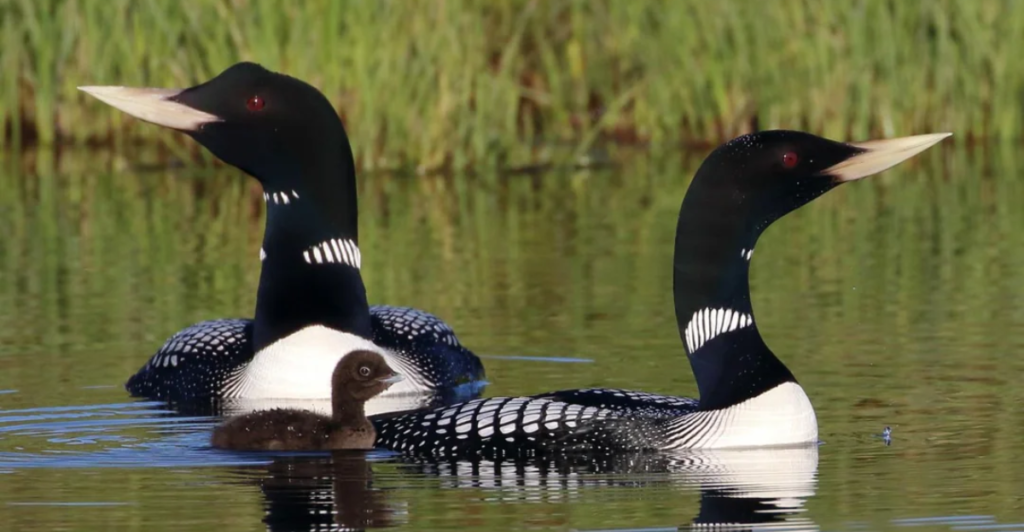
The Yellow-billed Loon, with its striking pale bill and haunting calls, breeds in the Arctic tundra and is seldom seen in the contiguous United States. However, in March 2024, one made headlines by appearing in the Bellagio Hotel’s fountain in Las Vegas, prompting a temporary halt to the famous water show.
Such unexpected sightings are rare and often result from migratory miscalculations or severe weather events.
This incident underscores the unpredictability of bird migrations and the need for awareness and protection of these vulnerable species.
6. Snowy Plover
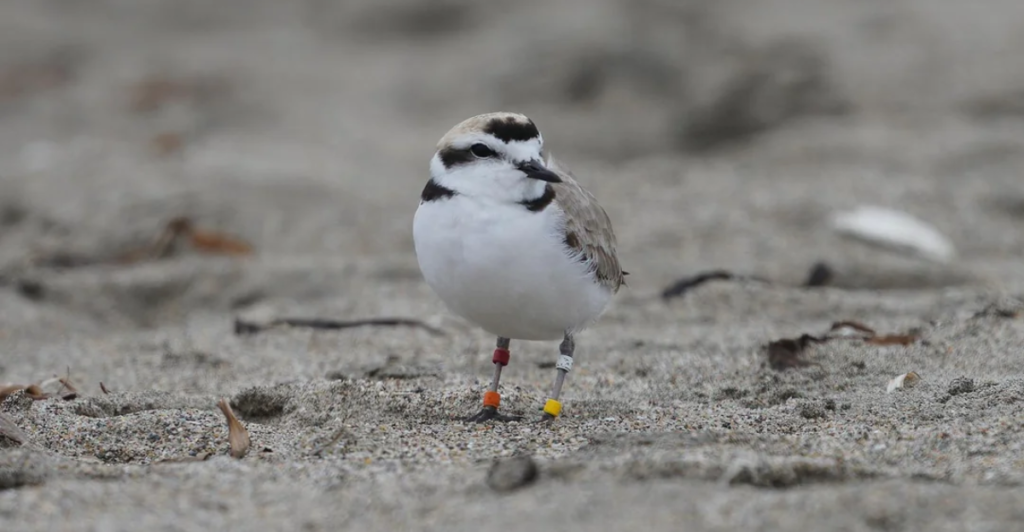
The Snowy Plover is a petite shorebird that nests on sandy beaches and salt flats across the Americas. In the U.S., their numbers have declined due to habitat disturbance, predation, and human recreational activities.
Conservation measures, including beach closures during nesting seasons and habitat restoration, have been implemented to protect their breeding grounds.
Efforts in states like California and Oregon have shown promising results, with populations slowly rebounding in protected areas.
7. Black Rosy-Finch
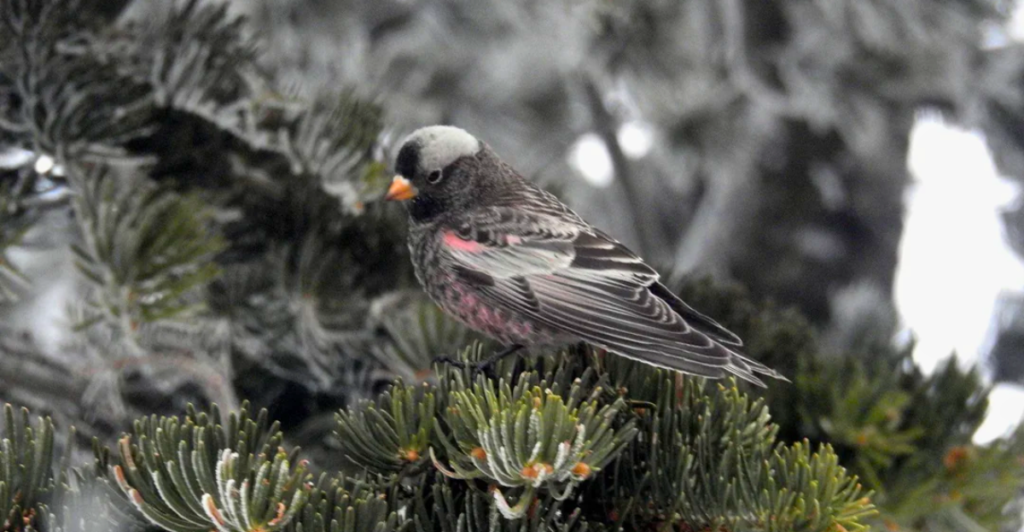
The Black Rosy-Finch is a high-altitude dweller, residing in the rugged mountain terrains of the western United States. Their preference for remote alpine environments makes them one of the least observed North American birds.
During winter, they descend to lower elevations, offering rare opportunities for observation in places like New Mexico and Colorado.
Their elusive nature and specialized habitat requirements highlight the importance of preserving mountainous ecosystems.
8. Great Knot
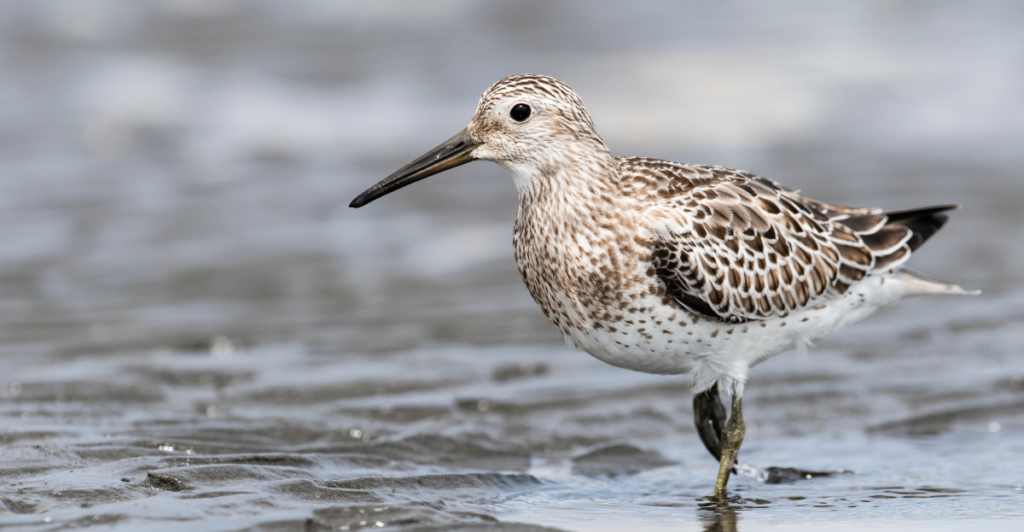
The Great Knot isn’t a regular on American soil, in fact, it’s a total celebrity when it shows up. Native to coastal Asia and Australia, this long-distance shorebird occasionally pops up along the Pacific coast, with rare sightings in Alaska, California, and even as far south as Oregon. When it does land, birders drop everything and grab their binoculars.
Its migration spans thousands of miles, making any detour to the U.S. an ornithological headline. These unplanned cameos are usually due to storms, navigation errors, or sheer bad luck.
Spotting one is like winning the birdwatching lottery, rare, wild, and unforgettable.
Rarity, Wonder, and a Pair of Binoculars
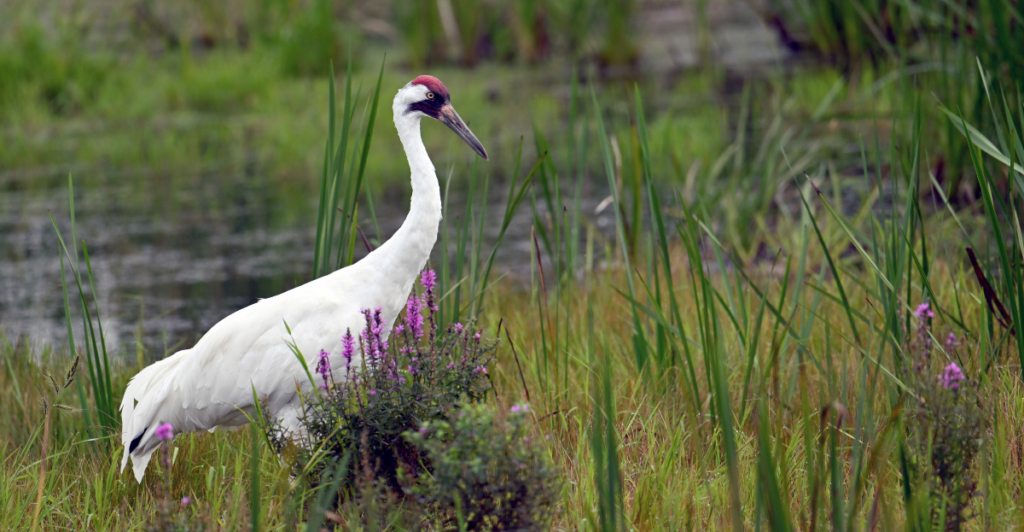
America’s rarest birds aren’t just beautiful, they’re resilient symbols of adaptation, migration, and survival. From remote Alaskan islands to Vegas water fountains, their stories are as diverse as the ecosystems they inhabit. And for birders? They’re the holy grails of the sky.
But rarity comes with risk. Habitat loss, climate change, and human activity continue to threaten these incredible species. Protecting them means protecting the lands and waters they call home.
So whether you’re a seasoned birder or just lucky with a camera phone, remember: every rare sighting is a call to care, conserve, and keep looking up.
Explore more of our trending stories and hit Follow to keep them coming to your feed!

Don’t miss out on more stories like this! Hit the Follow button at the top of this article to stay updated with the latest news. Share your thoughts in the comments—we’d love to hear from you!







